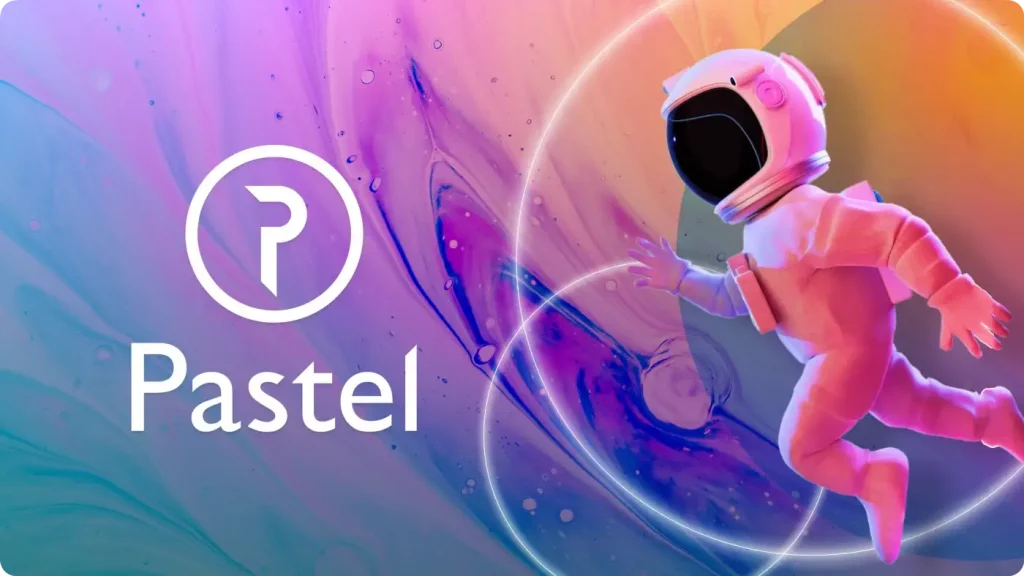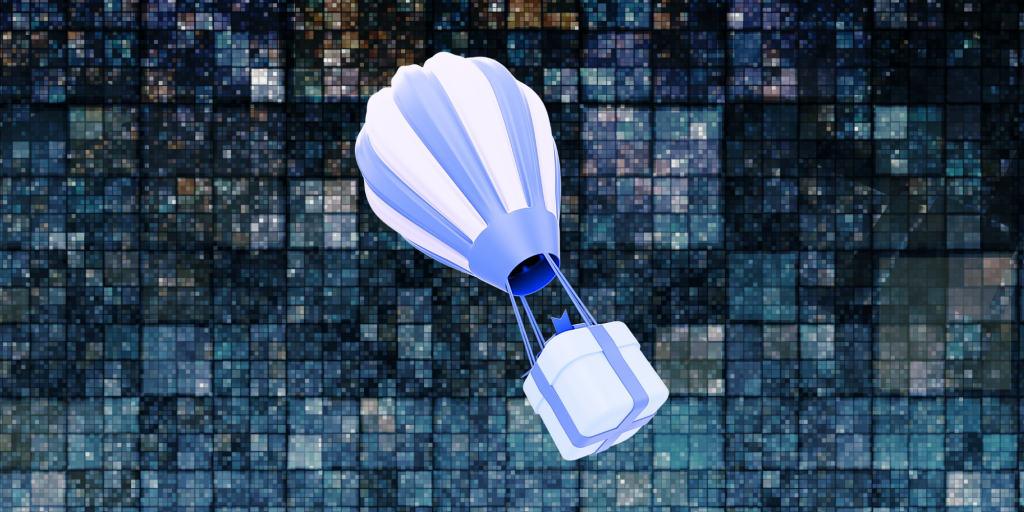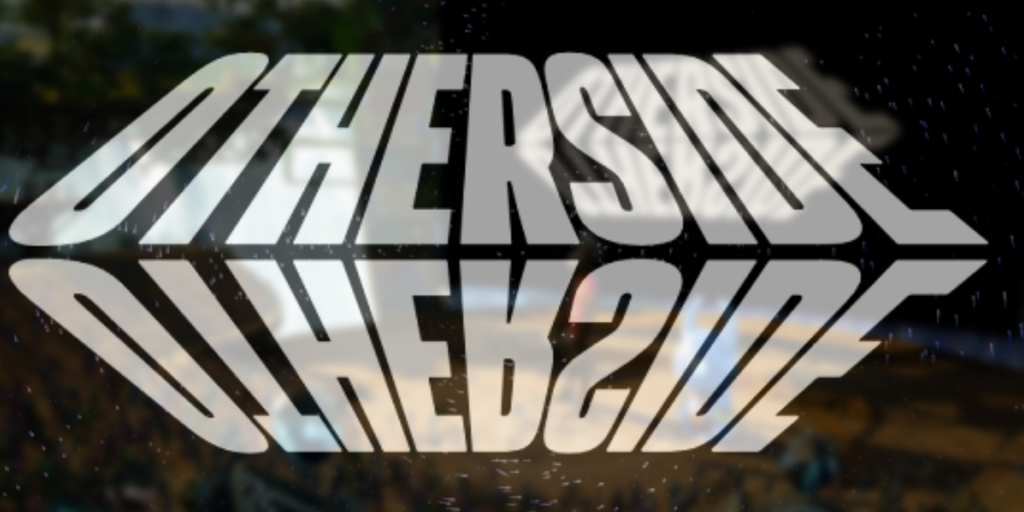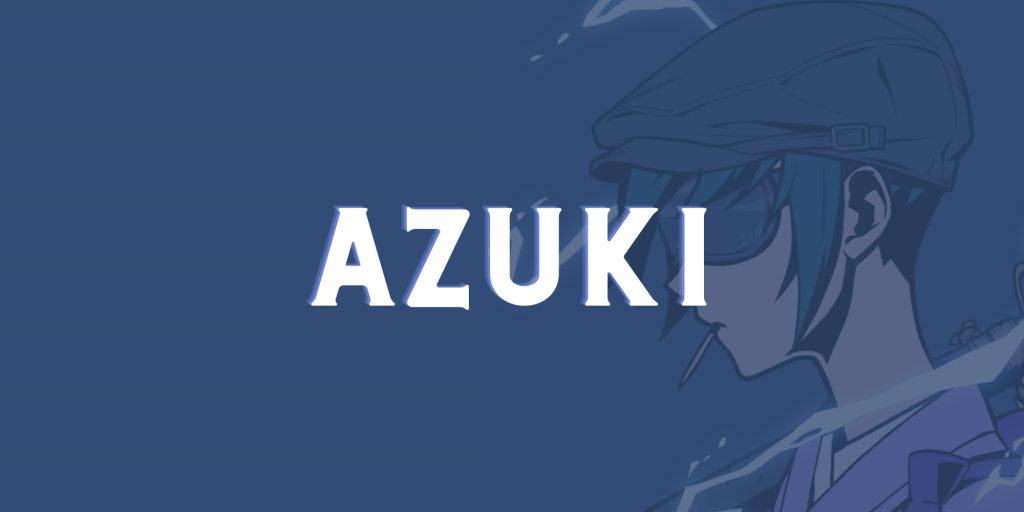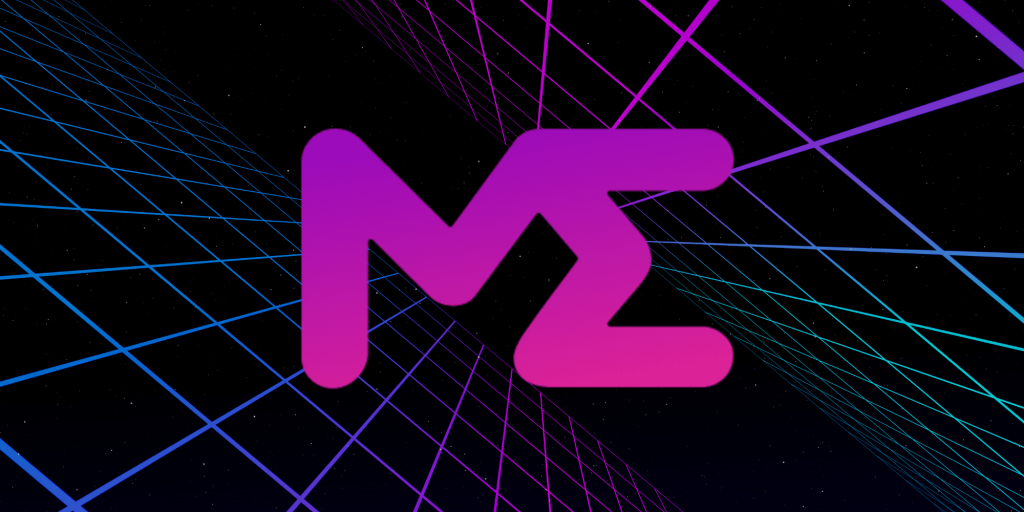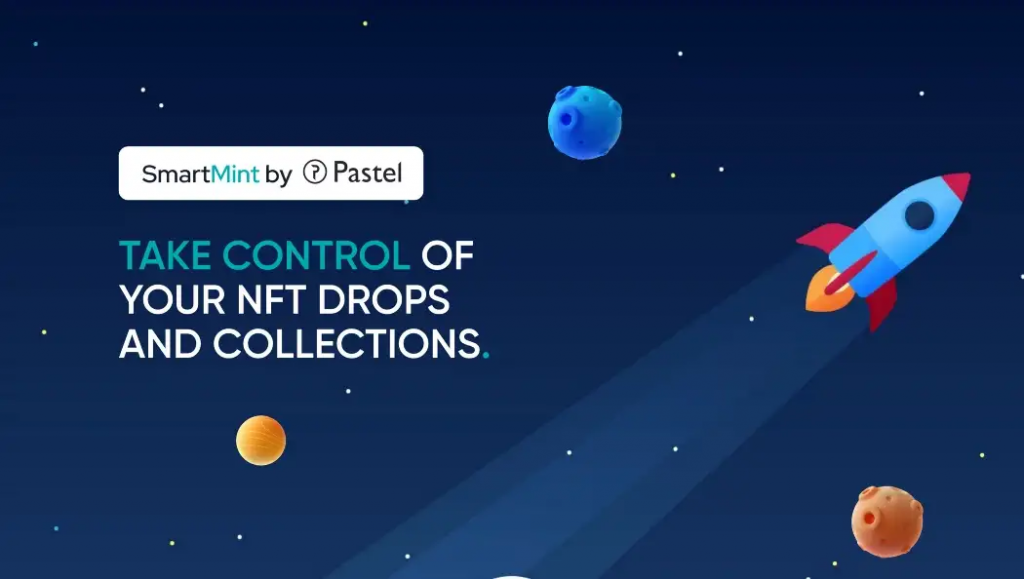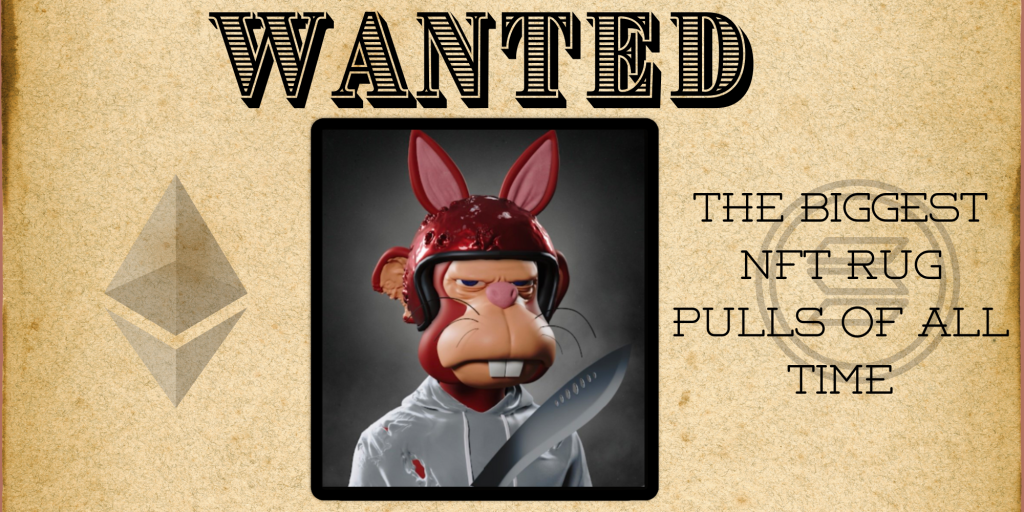Backed by blockchain technology, NFT-based games incorporate player-owned economies, providing gamers monetary incentives to play. Â
Most of these games offer much more than just one single gameplay. They’re actually social metaverses where players are encouraged to actively participate in future game development. These economies are built around games’ native currencies.Â
The following guide goes over the most popular NFT-based games.
As you’ll learn, the explosive growth behind NFT-based games is due to the increasingly more robust and versatile functionality of the games.
Axie Infinity: Battle, Collect, and Breed Axie Characters
The Pokémon-style blockchain game Axie Infinity became very popular because players can actually make a notable income simply just by playing it. Around 50% of its users come from the Philippines and Venezuela where, due to pandemic-related lockdowns, many people were forced to find alternative income sources. Today, Axie Infinity’s total market cap is around $6.2B, and its price gravitates under $100.
Axies are fantasy pets that players can battle, collect, and breed, and each Axie is an NFT. The entirety of the game’s play-to-earn model is based on these three aspects. You can earn in-game tokens by winning battles, collecting and selling Axies. Players can create new Axies by breeding the existing ones; because these newly born (“mintedâ€) Axies are also NFTs, the player can sell and trade them in the Axie Infinity marketplace.
AXS is the in-game token that can be bought and sold on third-party exchanges, such as Binance and Coinbase. It’s also a governance token, meaning its owners can influence the game policies.
The disadvantage of Axie Infinity is that at least three Axies are required to start playing. This initial investment can cost more than $1,500, depending on market prices. As a remedy, there are Axie Infinity scholarships programs where Axie owners, who are called managers, loan their Axies to scholars who actually play the game.
Axie Infinity plans to launch a free-to-play version that will allow players to familiarize themselves with the game by removing what may be too high an entry barrier for some.Â
Alien Worlds: Mine the Land to Receive Trillium (TLM)
With more than a million monthly users, Alien Worlds is the number one game on the Wax blockchain. It’s a social metaverse that consists of seven planets, and it uses an in-game currency called Trillium (TLM).
Players can enjoy play-to-earn opportunities while exploring these planets. The gameplay revolves around mining TLM. There are several types of NFTs in Alien Worlds. Owners of Land NFTs can mine the land themselves or receive commissions by letting others mine their Land. A player starts with selecting a Land in one of the seven planets.
To mine the Land, you need Tool NFTs. After mining, you receive a share from the planet’s TLM pool. Another type of in-game NFT is Mission NFTs, which players get by going on missions. These NFTS have utilities in the games created by the members of the community.
The TLM token comes with governance rights; holders can cast a vote in elections for council candidates and submit proposals on how to distribute the incentives.
The Sandbox Game: Create Your Own NFT Game Assets and Experiences
Sandbox is a voxel-based project, similar to Minecraft. A voxel is a 3D pixel. Users can design and launch their own NFT assets and game experiences in the Sandbox metaverse using the intuitive tools provided by Sandbox which are Voxedit and Game Maker.
Voxedit is a voxel art generation program. It’s even possible to create Minecraft assets using it. Asset creators don’t have to use Voxedit for Sandbox assets, other voxel art programs also work. But they need to export assets created in other programs to Voxedit to turn them into NFTs. It’ll be possible to upload these NFT assets to the Marketplace. Learning VoxEdit 9: Importing and Exporting Different Formats
Game Maker is the platform Sandbox uses to launch and play the game experiences. Players integrate the assets they created in Voxedit into Game Maker. These experiences can be built on LANDs owned by players, which are digital pieces of real estate in the Sandbox metaverse.
Platform’s native currency is SAND, which functions as both a utility and a governance token. It’s possible to stake SAND tokens on LANDs. SAND is also used to buy and sell NFT assets from the Sandbox marketplace.
Mines of Dalarnia: Discover the Rarest Resources
Mines of Dalarnia is a free-to-play action-adventure game. The Dalarnia universe consists of minerals, rare relics, and artifacts. A player’s success depends on their ability to mine these in-game items.
The gameplay resembles the concepts of NFT scarcity and bitcoin mining. The stronger your skills, the rarer resources you can acquire. Dig deeper to collect rarer minerals, use minerals to upgrade the equipment of your character. To do that, travel through four different mine types with increasing difficulty.
By participating in Mines of Dalarnia competitions, it’s possible to earn in-game currency DAR that you can stake for rewards or use to buy and rent in-game assets from the game’s marketplace. The Mines of Dalarnia team also plans to build governance functionality into the DAR token, so players can vote on the game’s developmental direction.
Blockchain Monster Hunt: Catch the Monster in the Block
Blockchain Monster Hunt is a multichain hunting game where valuable NFT monsters are born in blocks. You can either catch the monsters in the game or buy them from the Marketplace. To earn Blockchain Monster Coin (BCMC) tokens, you need to battle the monsters you possess.Â
Players must command catch and battle mechanisms to succeed. There are some rules to take into consideration while playing. For example, you’re allowed to catch only one monster from the same block, but you get multiple tries to do so.
Blockchain Monster Hunt’s play-to-earn model is based mainly on the BCMC token’s utility; BCMC carries in-game benefits like increasing the hunt’s success rate and helping prevent monsters from dying, and token holder benefits like voting rights on proposals for the game development, staking, and farming.
Cryptoblades: Defeat your Enemies and Earn SKILL
Cryptoblades is an NFT role-playing game launched on Binance Smart Chain.
By leveraging in-game currency SKILL and using characters and weapons, players enter into combat. Character and weapon NFTS can be traded in the game’s native marketplace. Players need SKILL tokens to recruit their first character.
SKILL can be swapped on ApeSwap when pairing with BNB.
Players earn character experience and SKILL tokens when defeating enemies in combat. Experience allows the related character to level up. Weapons can be forged to increase their combat power. Skill reward depends on the power of the enemy defeated.
Outside of in-game token benefits, SKILL can also be staked.
Town Star: Build Your Farm
Town Star is a farming-style-strategy game where players with limited resources and space produce goods to sell to nearby cities so as to make money and grow their farms. Whoever develops the necessary skills to manage the limited resources can play more strategically, and as a result, rise on the leaderboard.
Town Star’s buildings and characters are NFTs with several utilities. They give the players unique benefits while they’re growing their farms. For example, some character NFTs help finish certain tasks very fast and some resource NFTs provide crop supply continuously.
These NFTs are also the way to reach more play-to-earn rewards throughout the game. Players receive TOWN tokens, which are tradable on third-party exchanges, such as Okex and Bitrue, with a 24-hour trading volume of $1.8M.
Final Thoughts: Ready Player One
Town Star and other NFT gaming ecosystems enable earning rewards while having a good time. Perhaps their greatest benefit for the crypto ecosystem is that they help increase cryptocurrency and blockchain literacy, gamifying an experience that facilitates widespread blockchain adoption.
Contrary to conventional online games, players own their assets, and the blockchain allows for asset authenticity to be proven. Besides utility, in-game currencies offer governance rights, which enables community members to vote on proposals and decide on the game’s future.
By combining the benefits of tokenization and a fun gaming environment, these early GameFi iterations may serve as landmark innovations for games to come.
